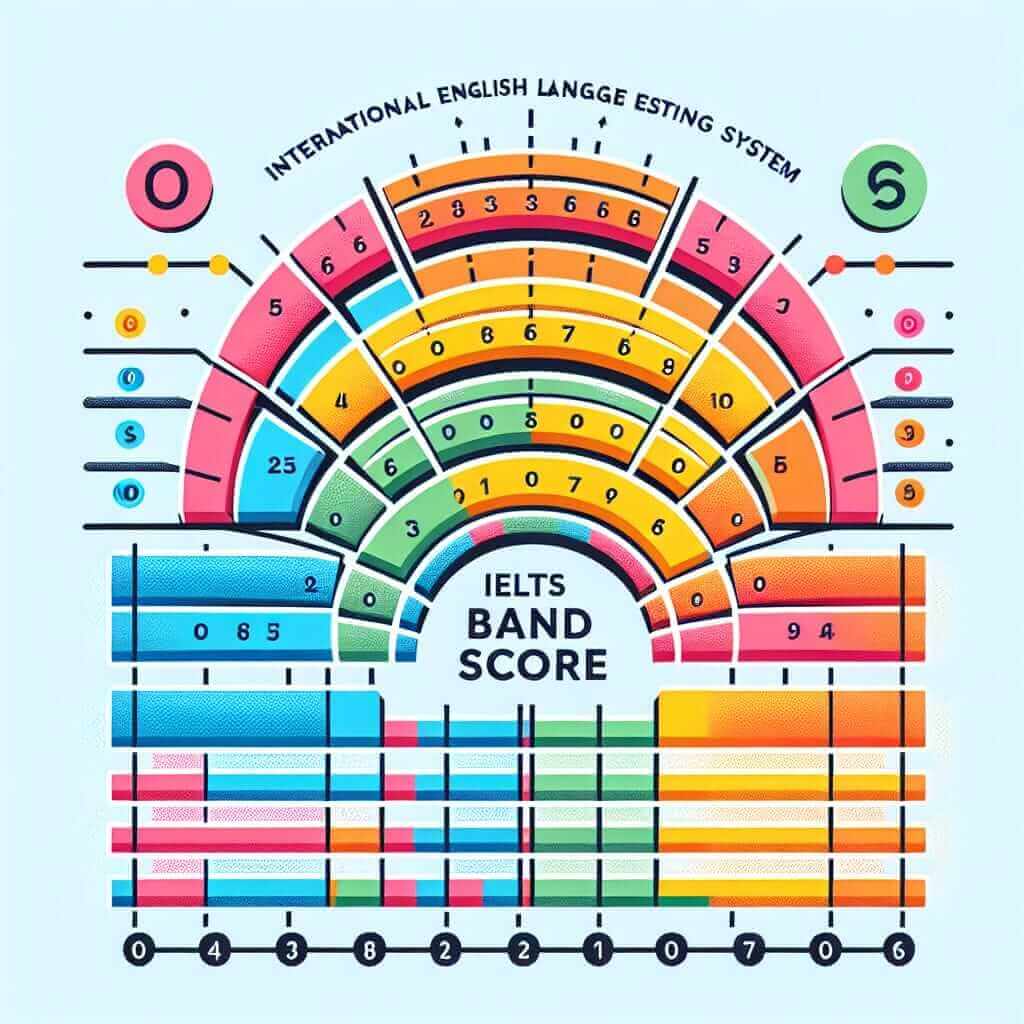As an IELTS instructor with over two decades of experience, I understand the anticipation and, let’s be honest, the anxiety surrounding IELTS scoring. Many students ask me, “How is the IELTS test calculated?” The answer isn’t as simple as adding up your scores and dividing by four (though that is part of it!).
This comprehensive guide will demystify the IELTS scoring system, empowering you to interpret your results confidently.
Deciphering the IELTS Band Score
The IELTS exam evaluates your English language proficiency across four modules: Listening, Reading, Writing, and Speaking. Each module receives a band score ranging from 0 to 9, reflecting your skills on a scale from non-user to expert.
But here’s the key: these band scores are not simply averaged to produce your overall IELTS band score. Let’s break down how the IELTS band score calculation actually works:
1. Individual Module Scores: The Foundation
Each module – Listening, Reading, Writing, and Speaking – is assessed independently, generating a band score based on specific criteria and performance descriptors.
Example: You might score a 7.0 in Listening, 6.5 in Reading, 6.0 in Writing, and 7.5 in Speaking.
2. Calculating the Overall Band Score: Weighted Averages
The overall band score, the figure most institutions request, is calculated by taking the average of your four individual module scores, rounded to the nearest half or whole band.
Here’s how the rounding works:
- If the average ends in .25: Round up to the next half band. For example, 6.25 becomes 6.5.
- If the average ends in .75: Round up to the next whole band. For example, 6.75 becomes 7.0.
- If the average ends in .125 or .625: Round up to the next half band.
Example using our previous scores (7.0, 6.5, 6.0, 7.5):
- Sum the scores: 7.0 + 6.5 + 6.0 + 7.5 = 27
- Divide by 4: 27 / 4 = 6.75
- Round up: 6.75 rounds up to an overall band score of 7.0

3. Understanding Half Bands
The IELTS band score recognizes subtle differences in language ability. A half band, such as 6.5, signifies a level of proficiency between two whole bands (6.0 and 7.0).
Key Considerations:
- Institutional Requirements: Different institutions have varying IELTS score requirements. Research your target institution’s specific band score expectations for each module and the overall score.
- Focus on All Modules: While your overall band score matters, a balanced performance across all modules is crucial.
- Practice and Preparation: Familiarize yourself with the IELTS test format, practice regularly, and seek feedback from experienced instructors to identify areas for improvement.
Conclusion
Understanding the IELTS scoring system empowers you to approach the test strategically. By focusing on your strengths, addressing your weaknesses, and understanding the importance of each module, you can confidently strive for your target band score.